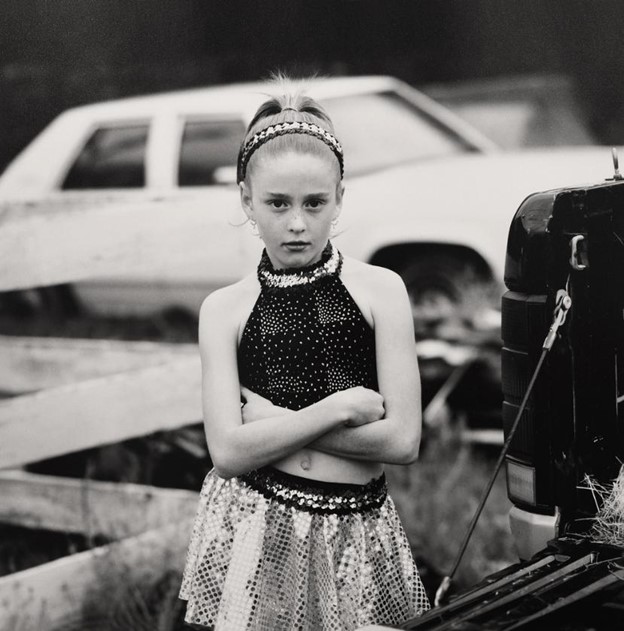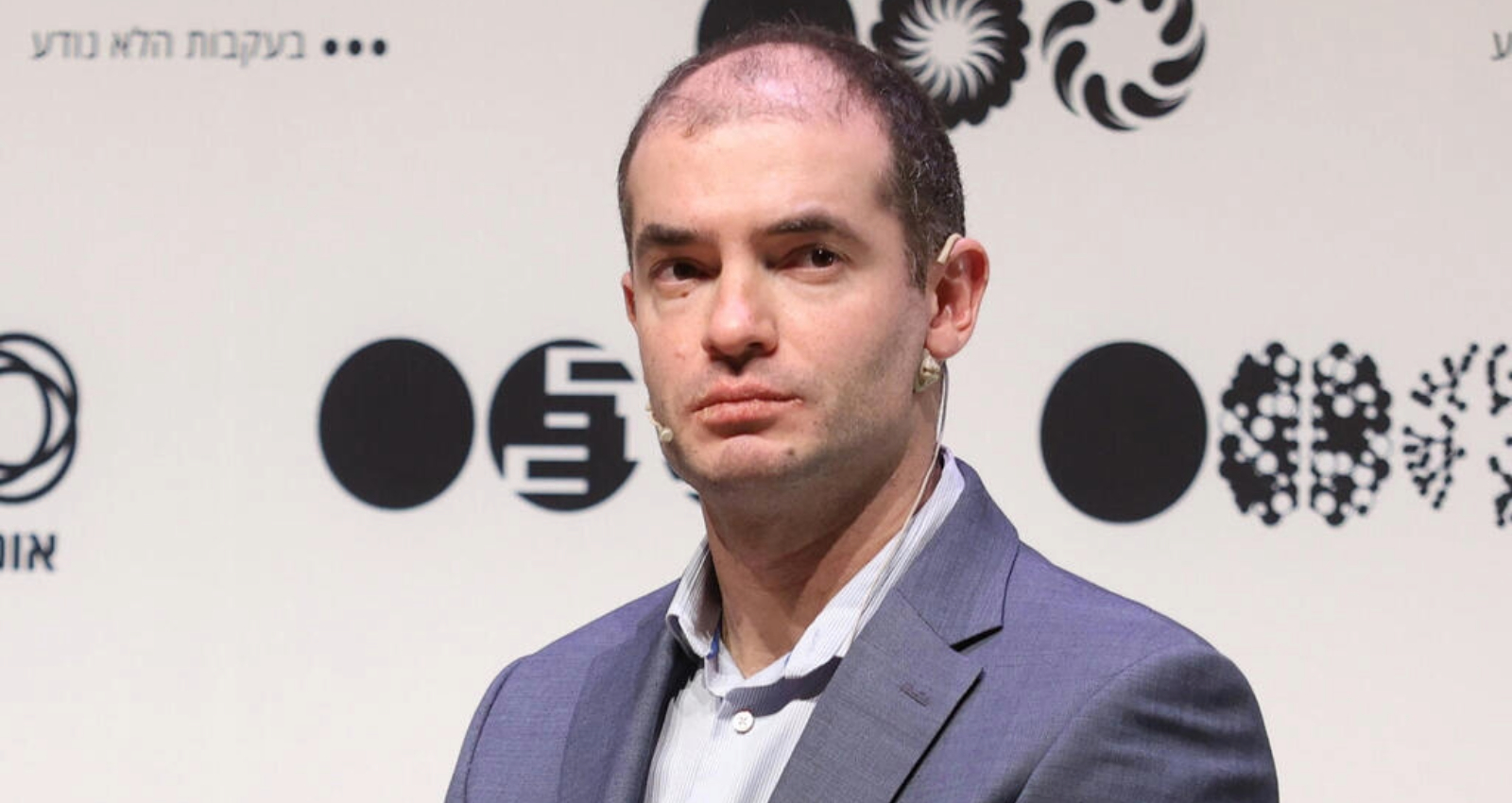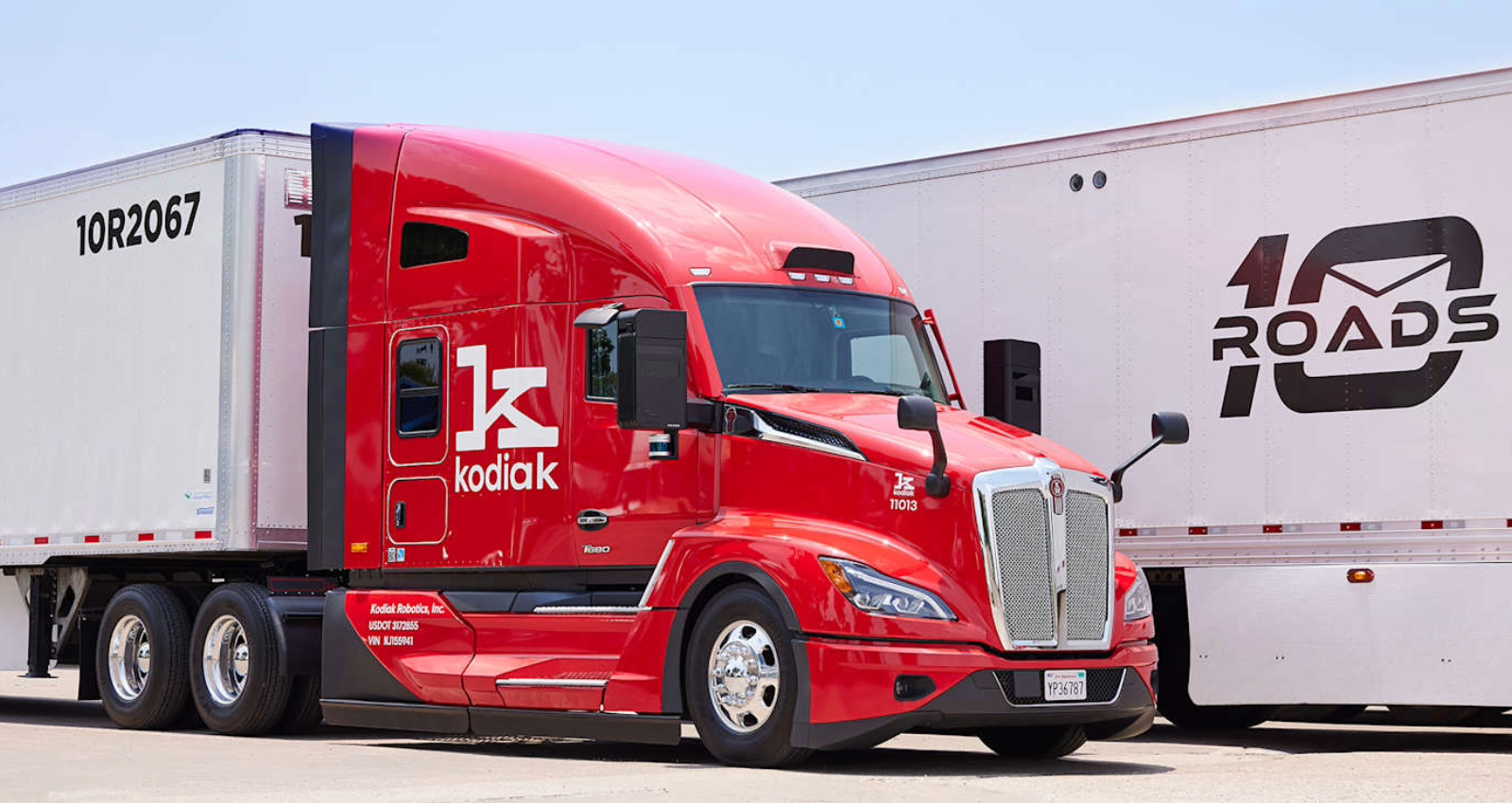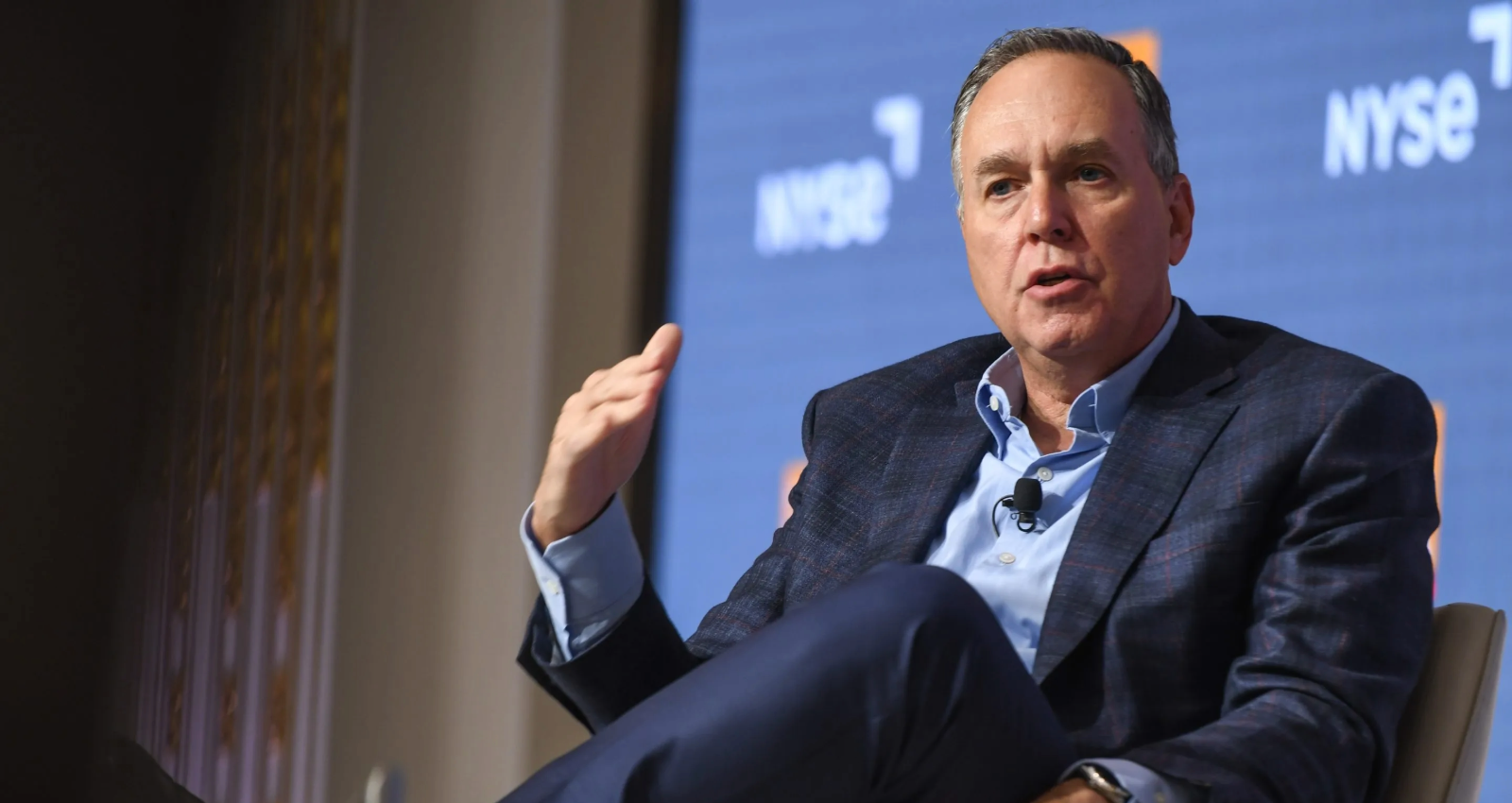- May 13, 2025
Know How Melanie Perkins Built the Canva App Into a $26 Billion Design Empire

When Melanie Perkins pitched her startup idea to investors in the early 2010s, the responses were almost always the same: No.
Things were not in her favour either. She was only 19, had zero tech know-how, and no Silicon Valley background. She wasn’t ready to compete with established industry giants. But she got one thing, a fierce passion to simplify something considered too complex to democratise: graphic design.
More than 100 venture capitalists turned her down. Because they didn’t see the potential.
But Melanie Perkins didn’t quit. She kept refining the pitch. Sharpening the mission. By the time someone said the much-awaited yes, she was already building a platform that would rewire how the world communicates visually.
Today, Canva is worth over an estimated $26 billion. It serves over 170 million users across 190 countries. What started as an unusual idea in Perth, Australia, is now a cornerstone of the global design ecosystem.
The Vision That Sparked a Movement
Back in the 2000s, graphic design was a professional game only. Adobe’s suite dominated the field, but it was way too costly and complicated, making it off-limits to most beginners and average users.
Melanie Perkins spotted the gap and ought to do something about it.
“I wanted to take the complex world of design and make it accessible to everyone,” she’s said in numerous past interviews.
That core idea didn’t change. What did evolve was timing. As social media surged, small businesses, solopreneurs, and students all found themselves in need of striking visuals. The only obstacle? Professional designers were out of their budget.
Canva launched with drag-and-drop simplicity, free templates, and built-in branding tools. Not just was it much easier than Adobe, but also intuitive and fun!
And it arrived just when the world was desperate for that kind of access.
A Business Built on Resilience and Reach
The early rejections didn’t deter Melanie Perkins or co-founder Cliff Obrecht. They bootstrapped, hired thoughtfully, and listened to user feedback religiously. When Silicon Valley finally opened its doors for them, they walked in with traction, not just a pitch deck.
Today, Canva brings in roughly $3 billion in annual revenue. It’s profitable, ever-growing, and serves a diverse user base ranging from TikTok creators to Fortune 500 companies managing full-scale marketing campaigns.
The company has attracted backing from some top tech investors too, including Sequoia Capital, Bessemer, T. Rowe Price, Franklin Templeton, and Goldman Sachs, along with Bob Iger, former CEO of Disney.
But what sets Canva apart isn’t just valuation. It’s the company’s decision to give back.
Melanie Perkins and Cliff Obrecht have donated the majority of their personal Canva shares to the Canva Foundation. The organisation focuses on poverty alleviation, education, and humanitarian projects, a proof that the company’s mission isn’t limited to pixels and templates only.
Leadership With a Long-Term Lens
Melanie Perkins still runs the company as CEO. She owns about 18% of Canva, making her one of the world’s richest and most influential female tech founders.
Her leadership style has earned her admiration across industries. Calm under pressure. Mission-first. Deeply product-focused. Melanie Perkins pays close attention to company culture, regularly citing it as a non-negotiable for Canva’s long-term success.
With time, the company keeps evolving. Canva now offers numerous AI-powered tools, from advanced video editing and enterprise-level features to UI coding ones too! It’s not just a design app anymore, it’s a full visual communication platform.
The ambition? To make design a universal skill. Not just for creatives, but for anyone with a story to tell.
What the Canva Story Really Means
Among many engineers and innovators who rule out the tech space, Melanie Perkins’ rise is remarkable.
She didn’t create what would merely be the next “want” of the industry; she recognized a raw need and made it her mission to fulfill it.
Her intuitive grasp of the user experience and her focus on solving real problems at scale set her apart from the conventional founder path. Canva didn’t triumph because it was first, but because it was human.And if you ask Melanie Perkins, that’s always been the driving force behind everything she does.









